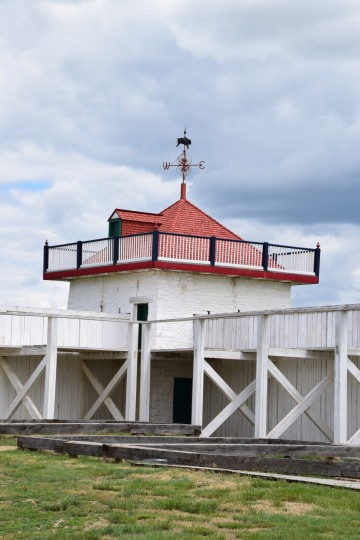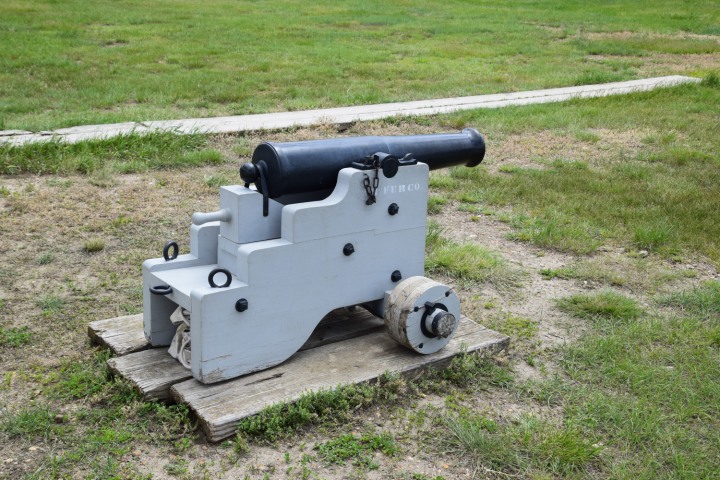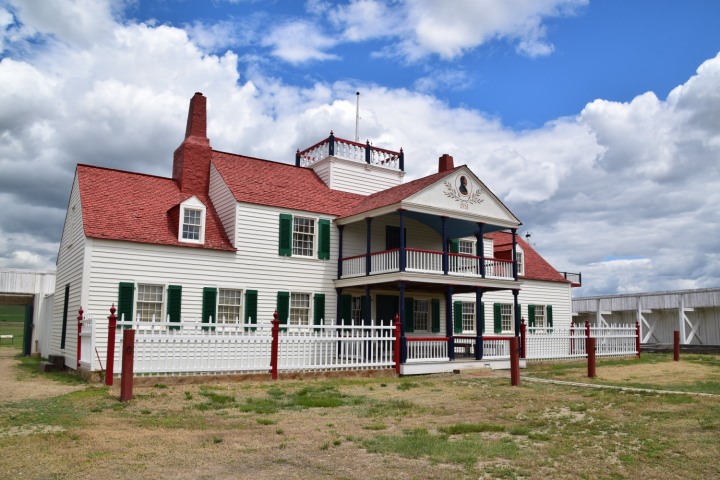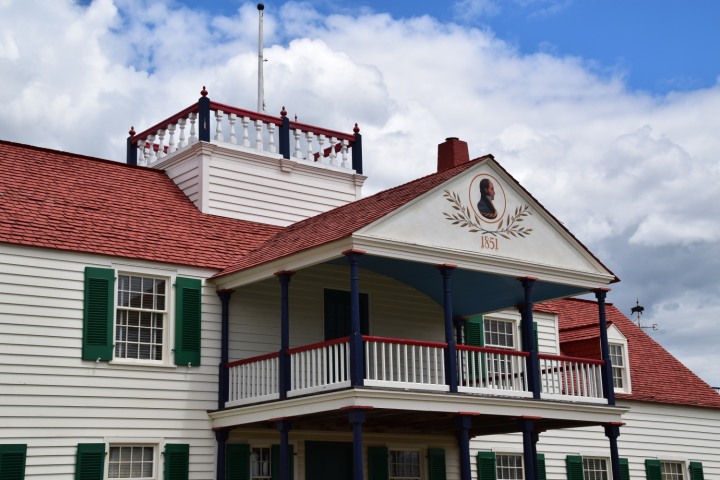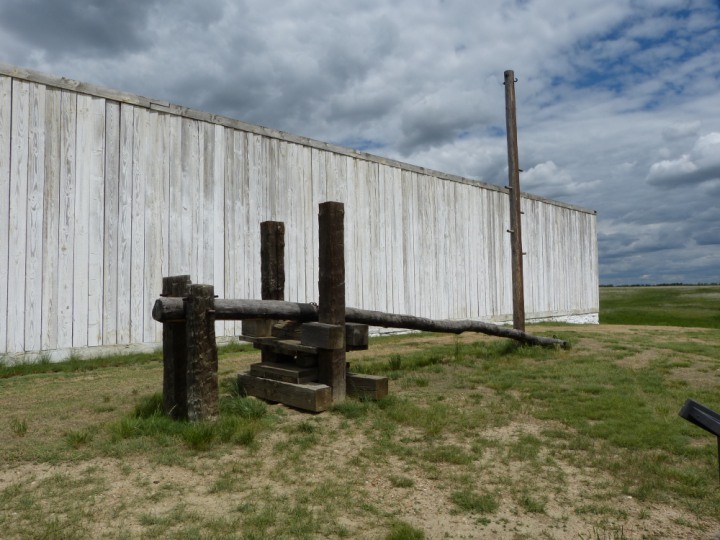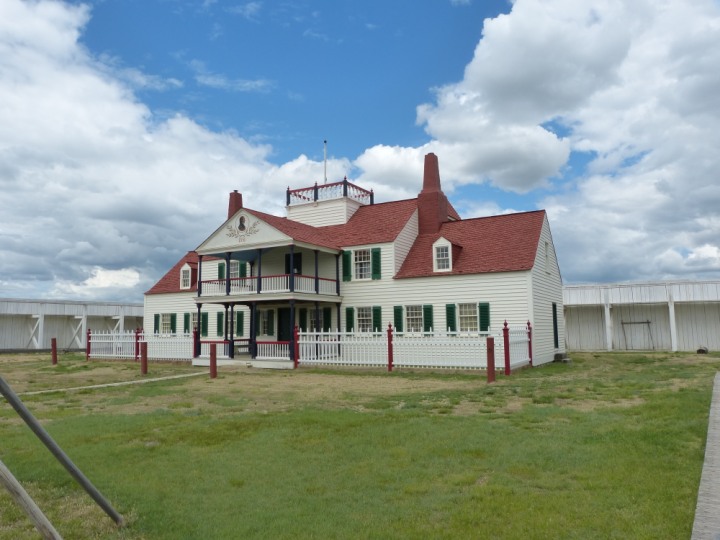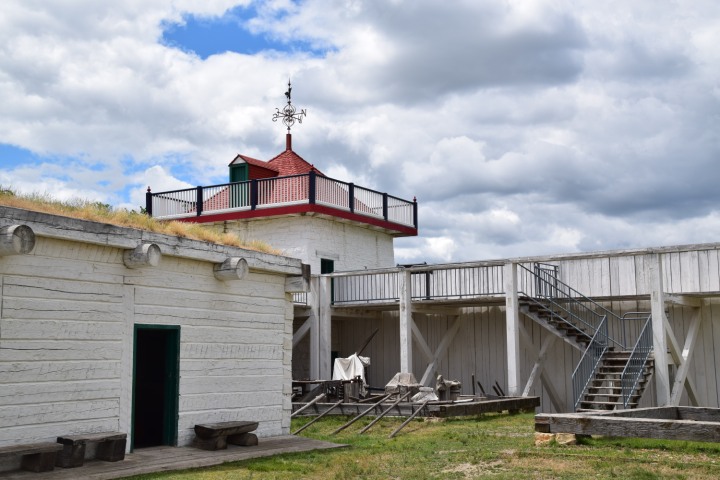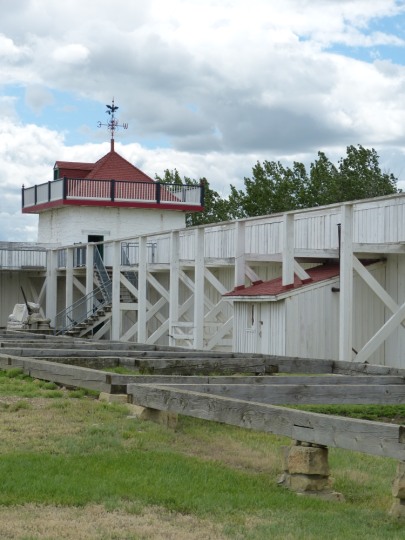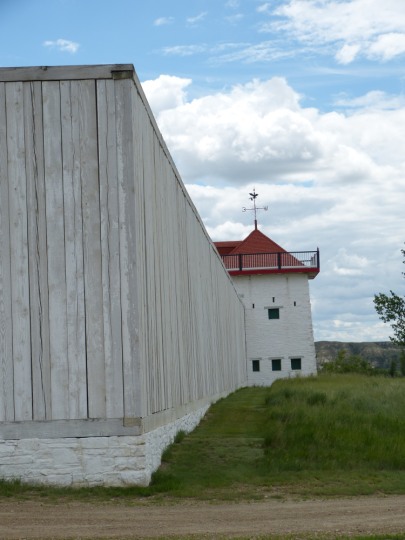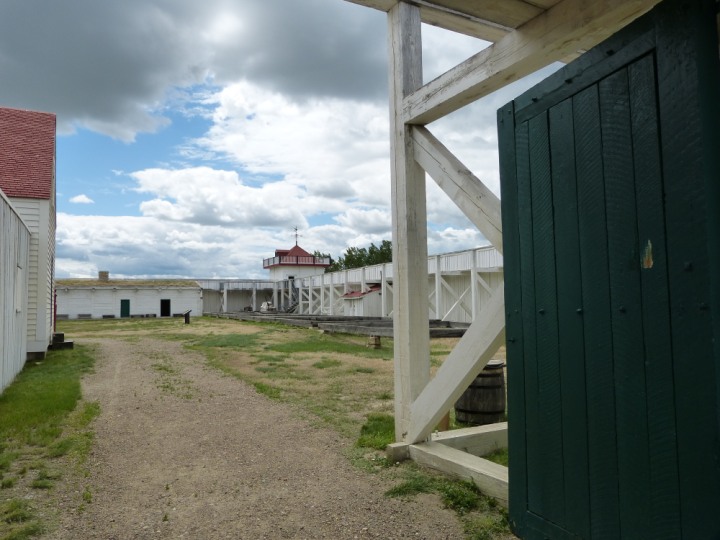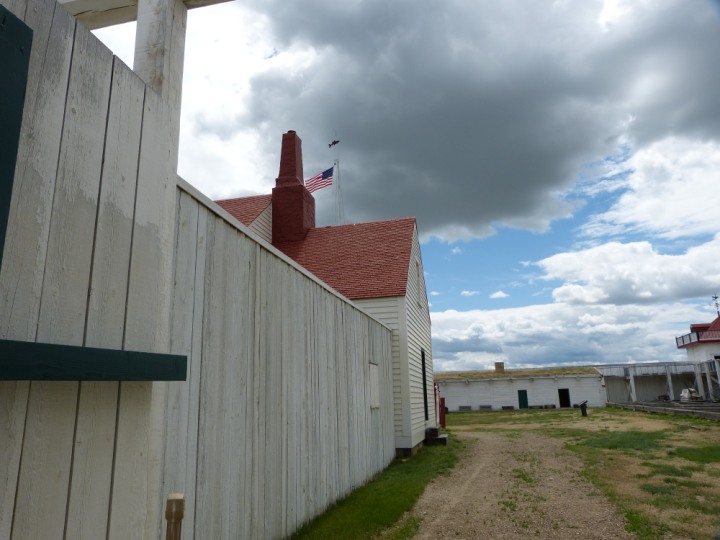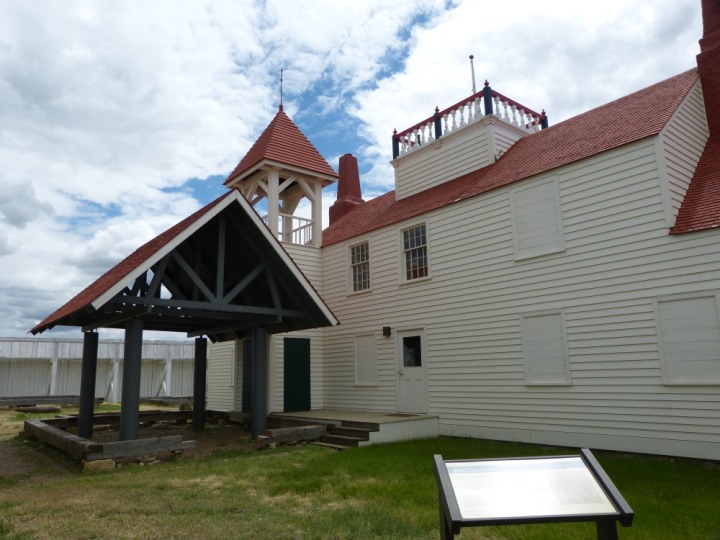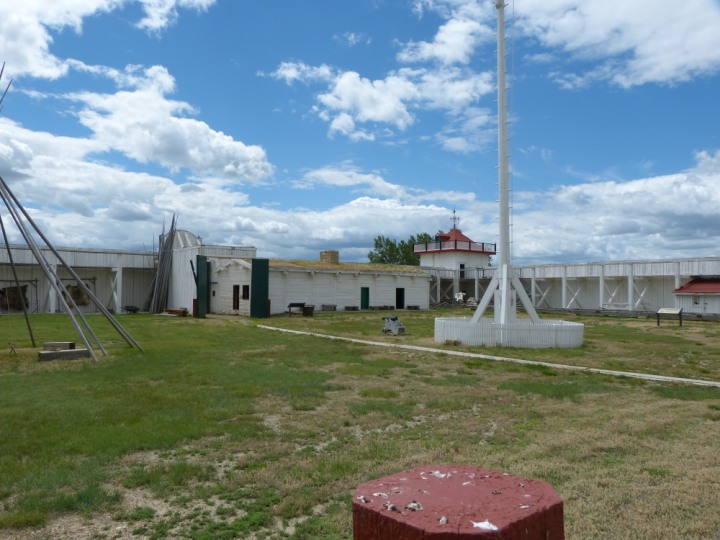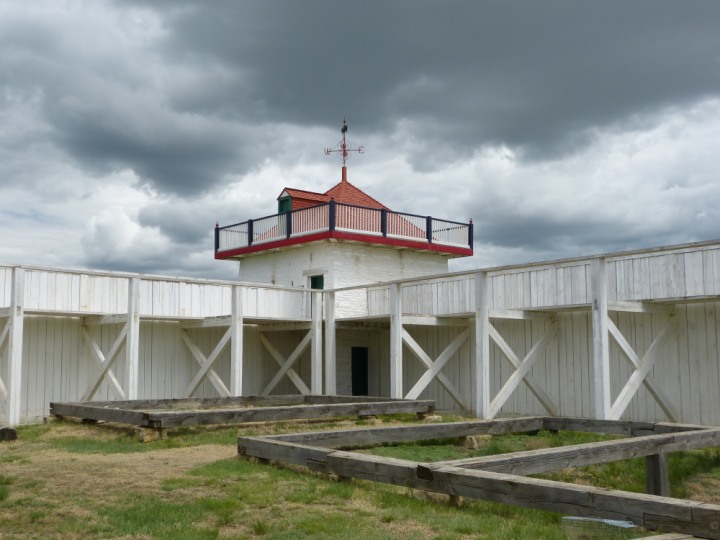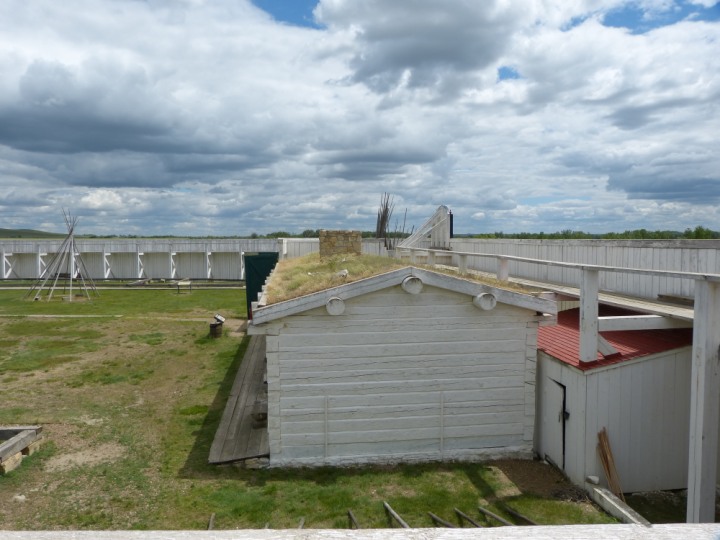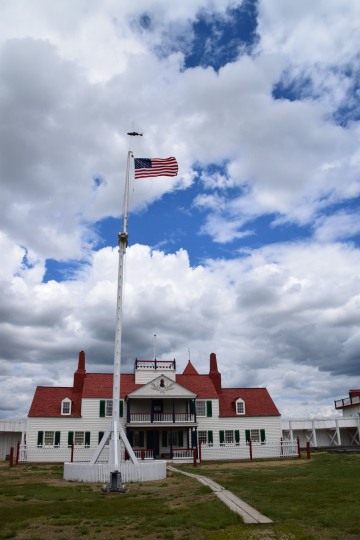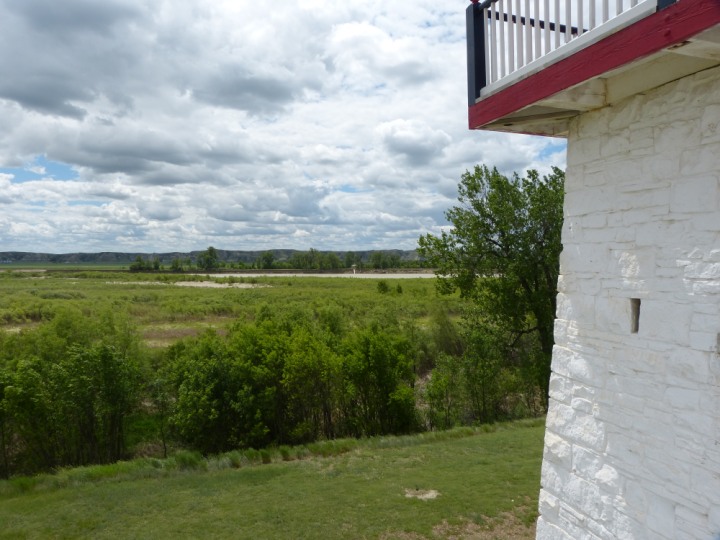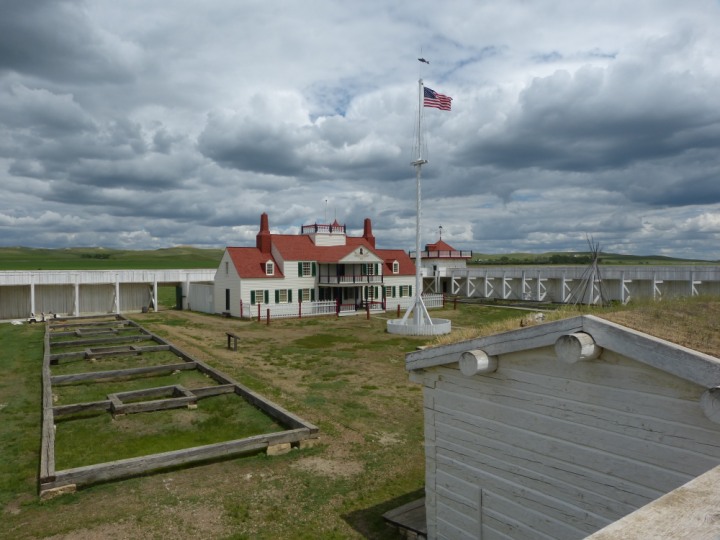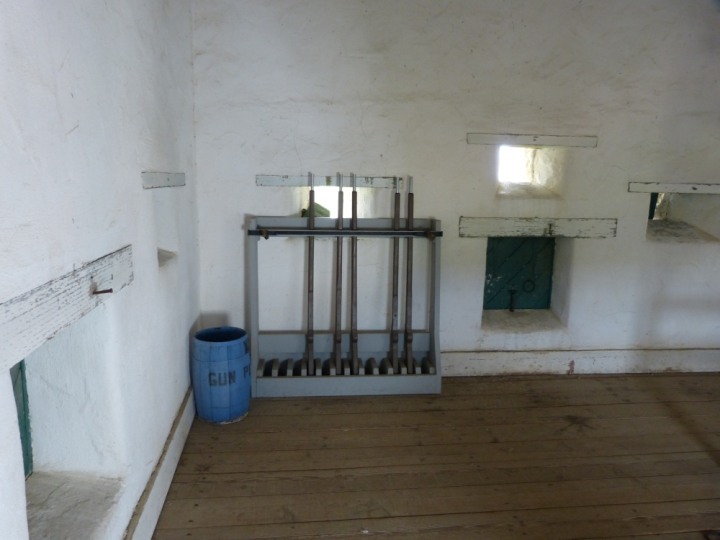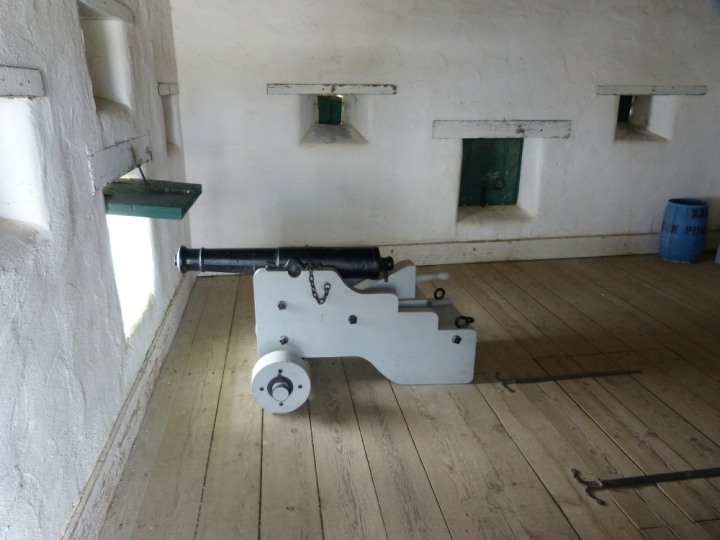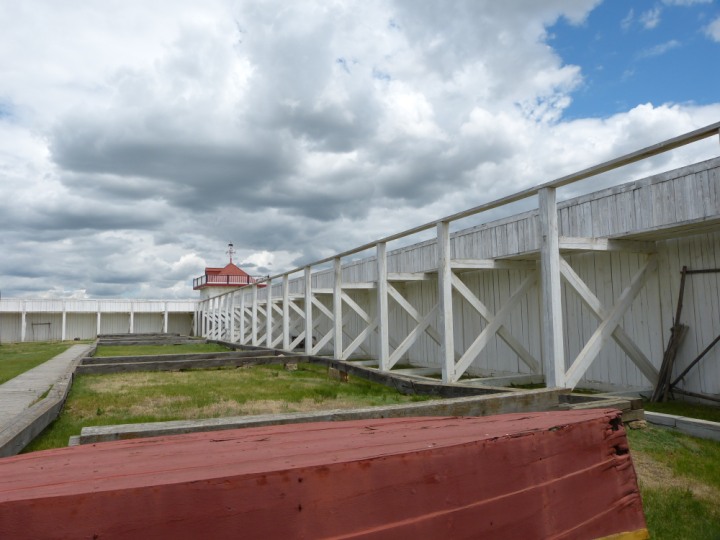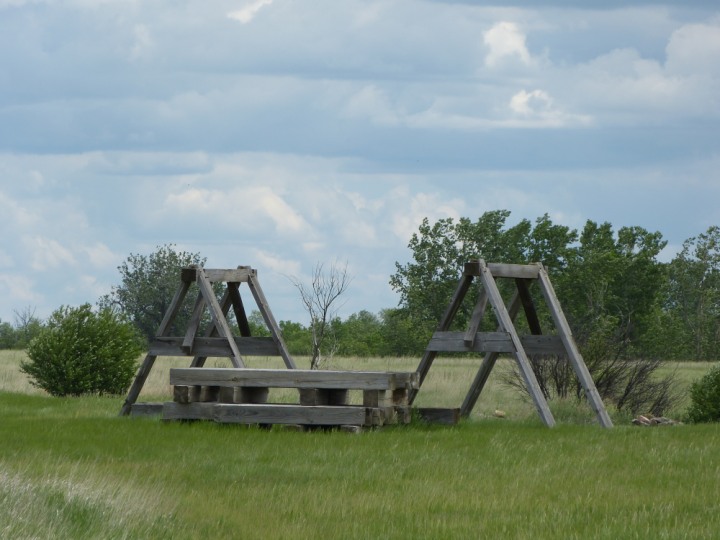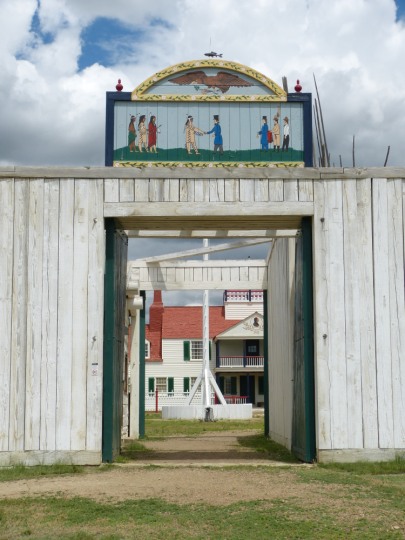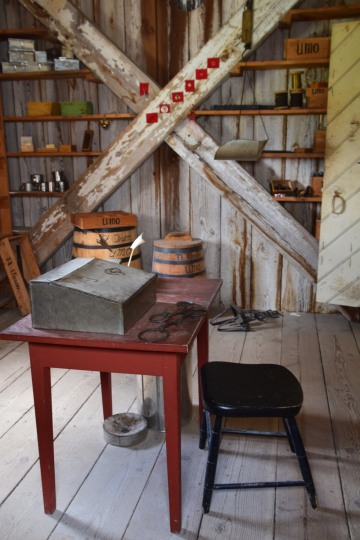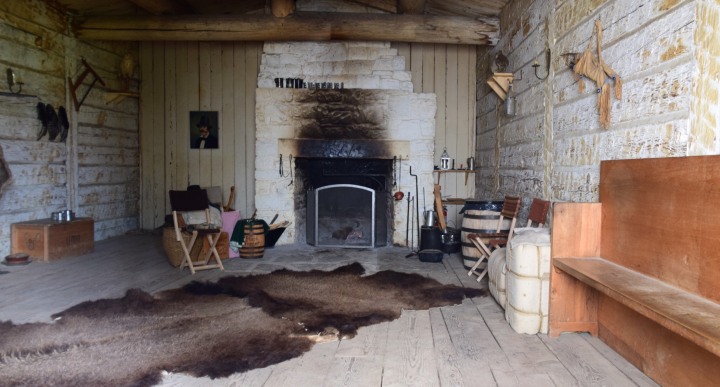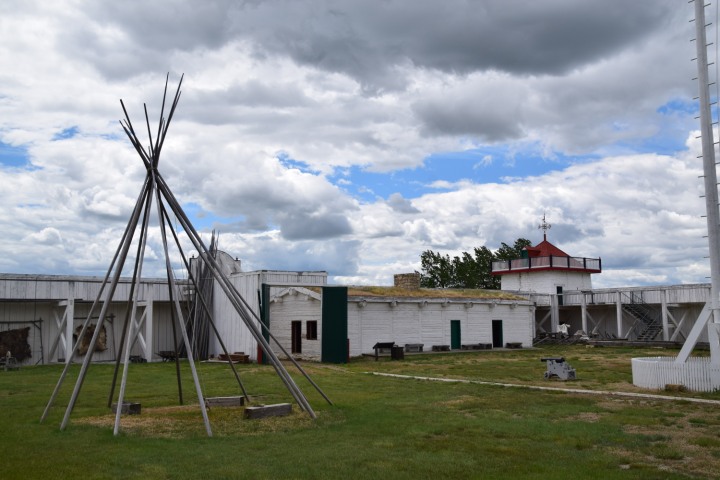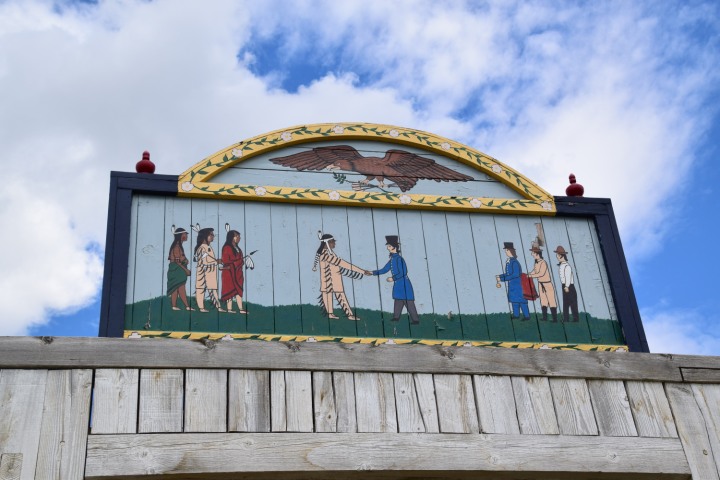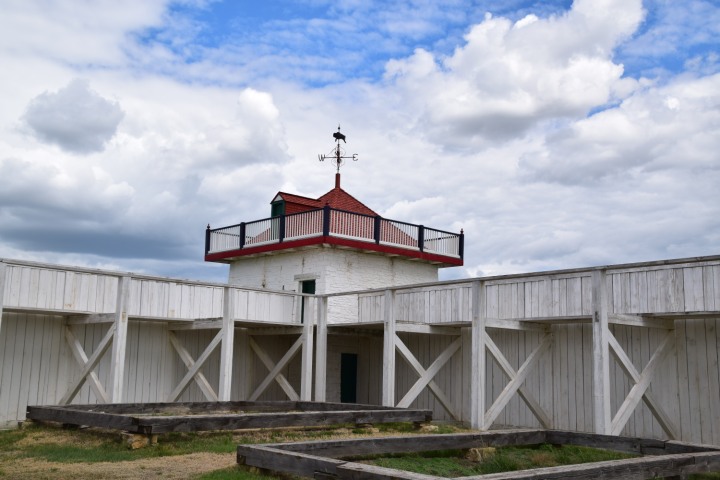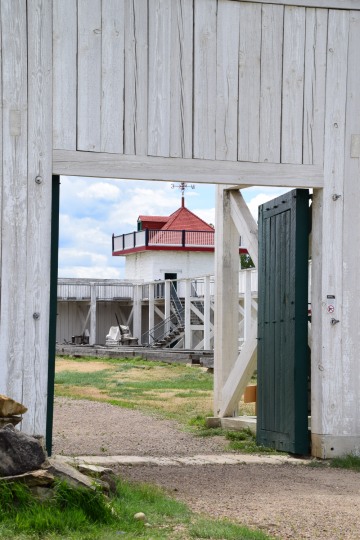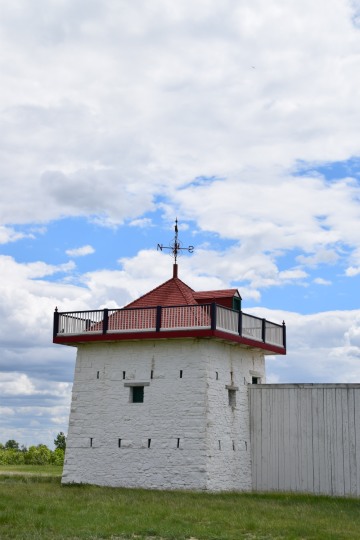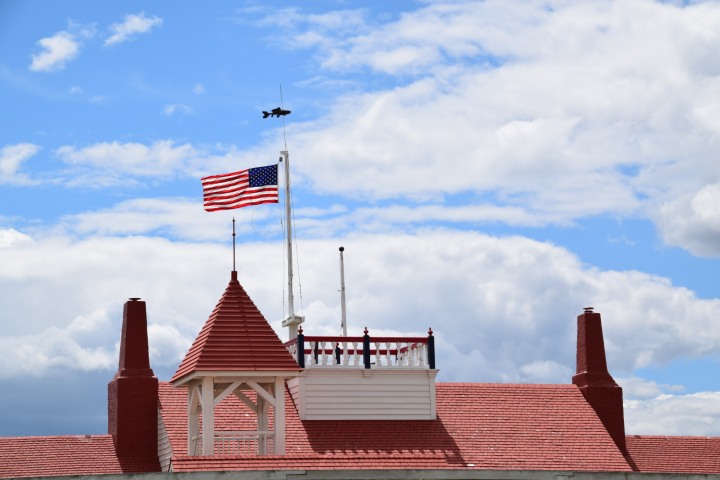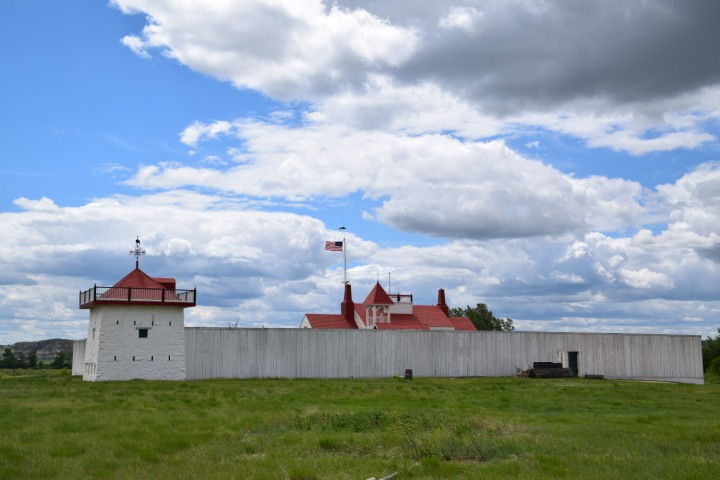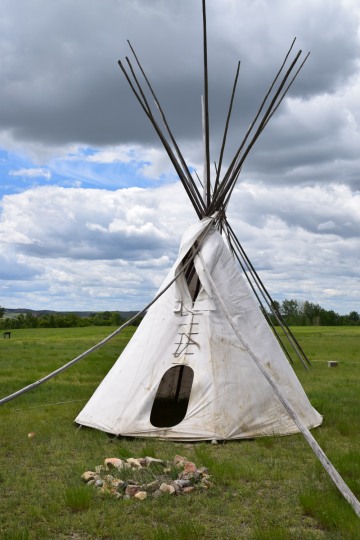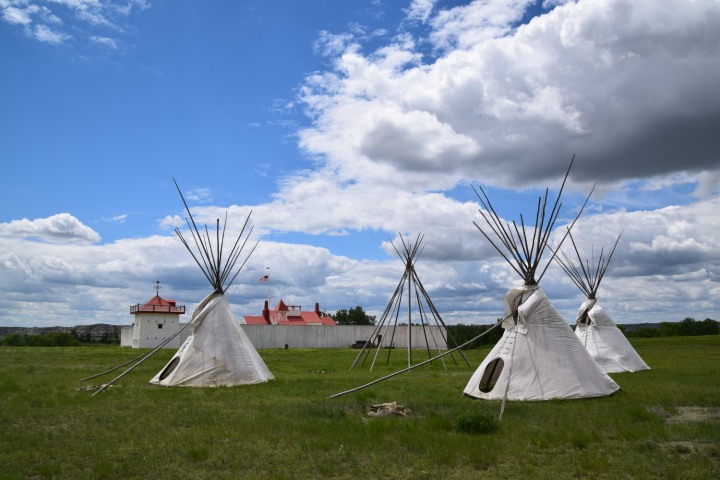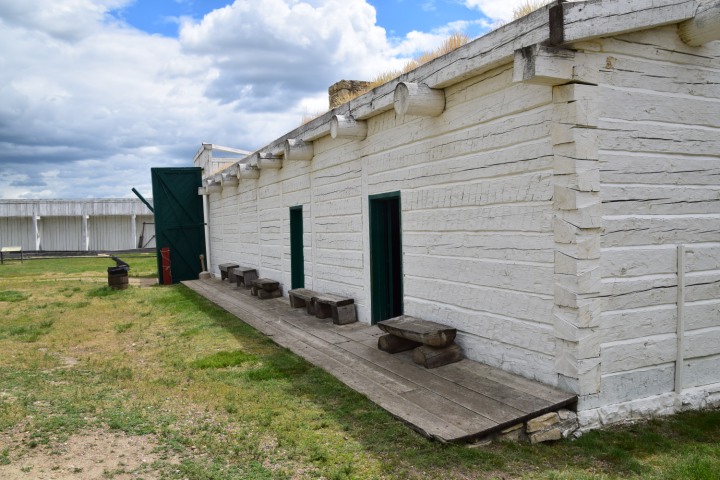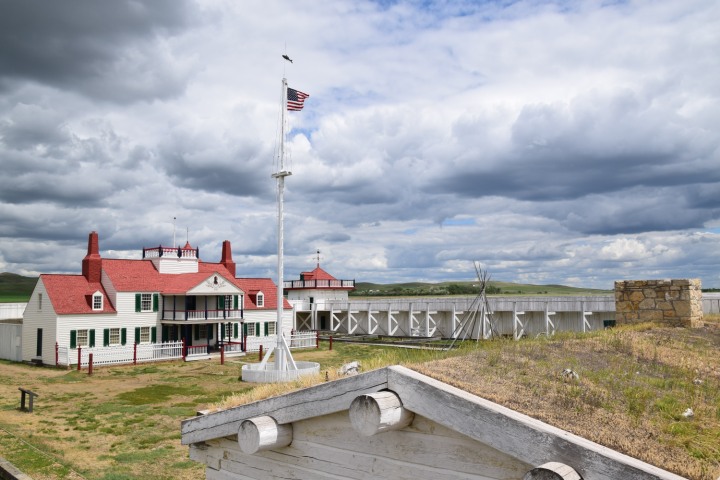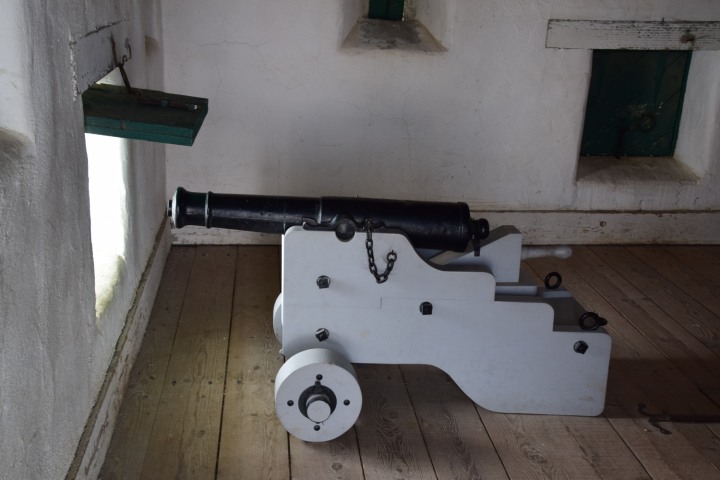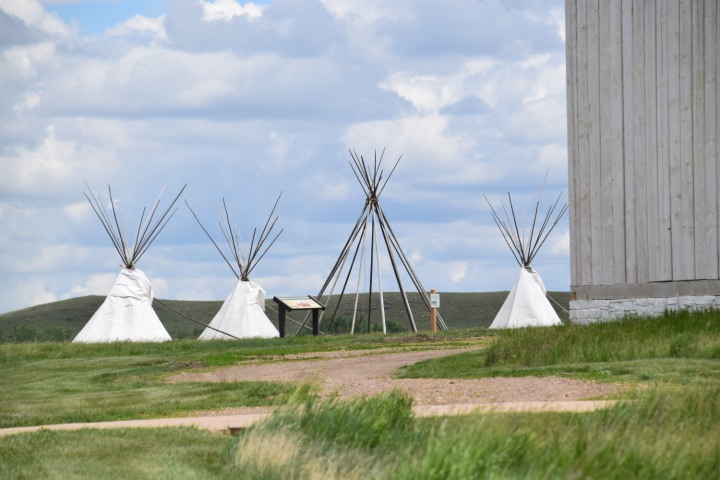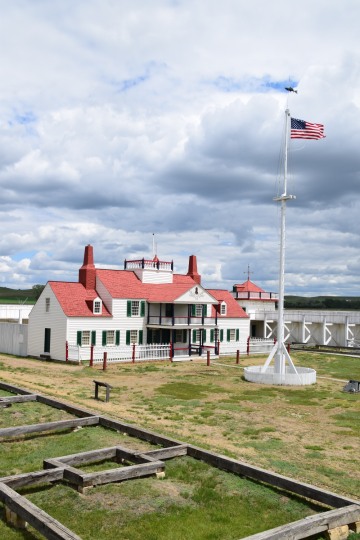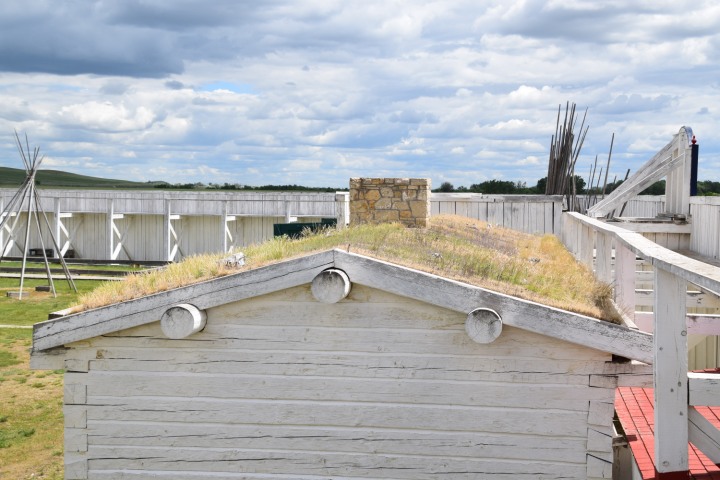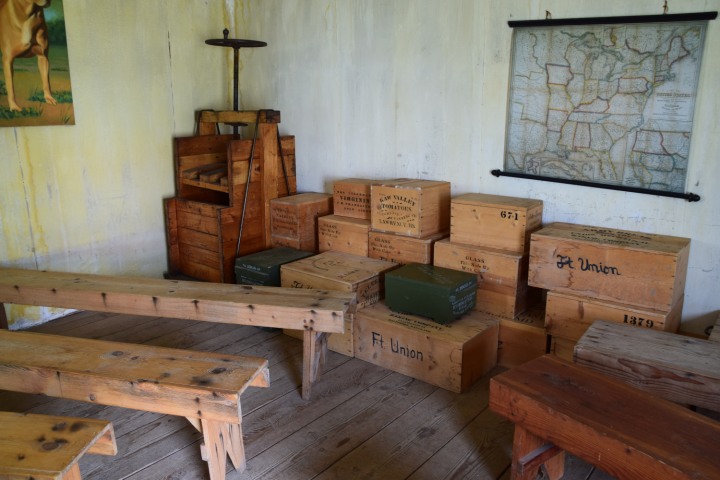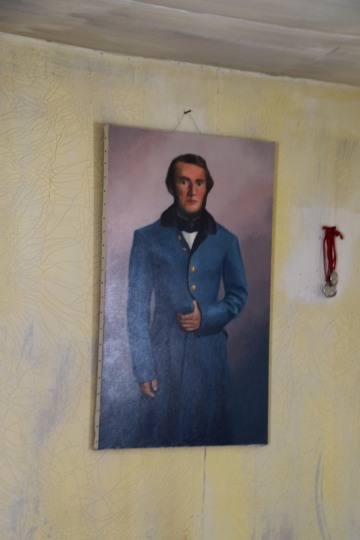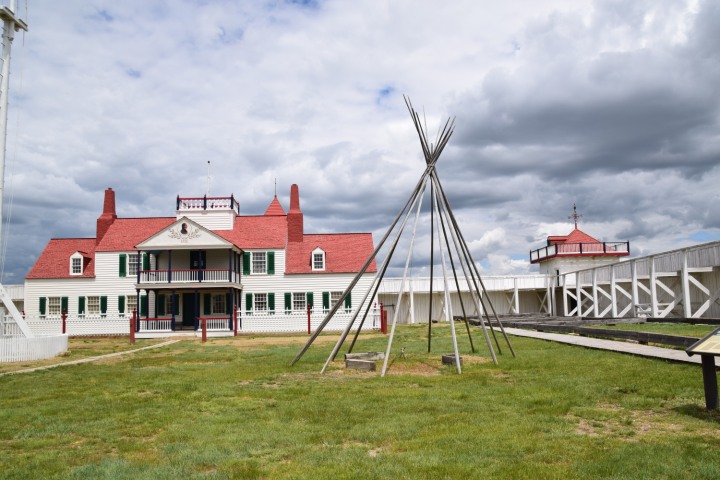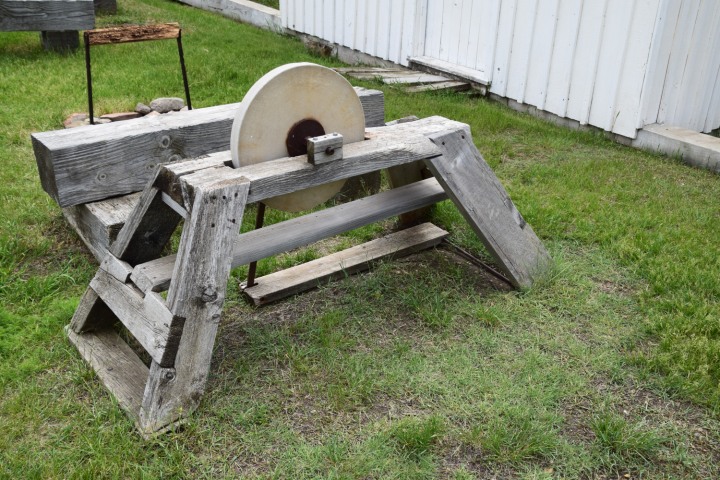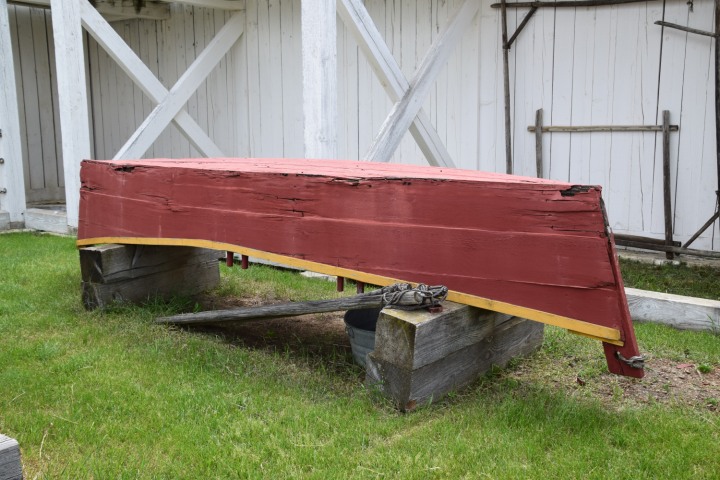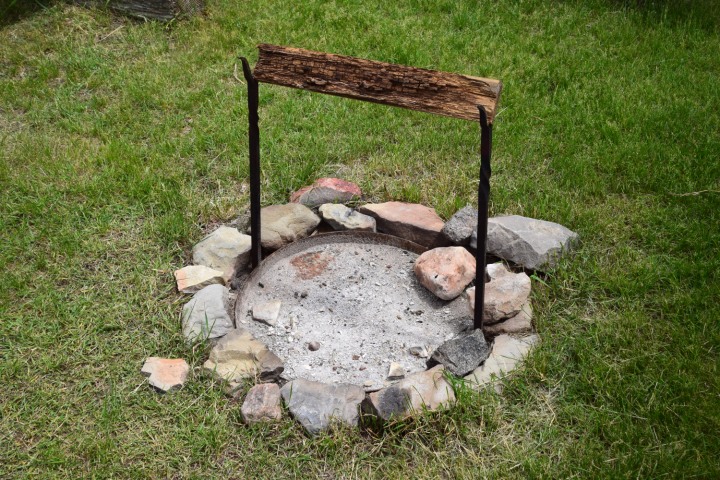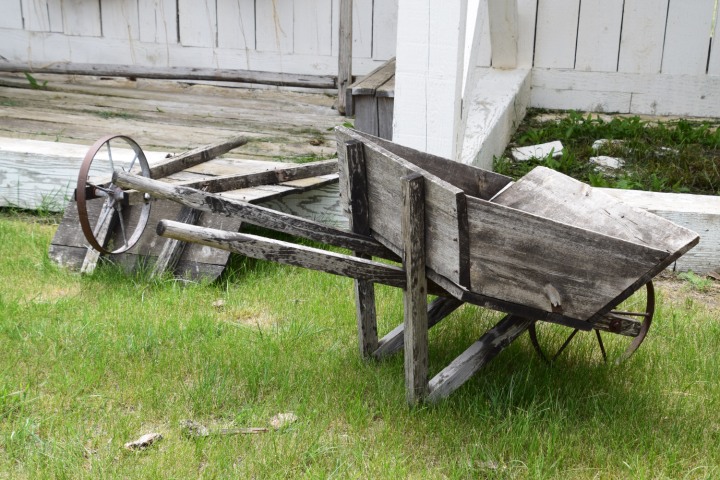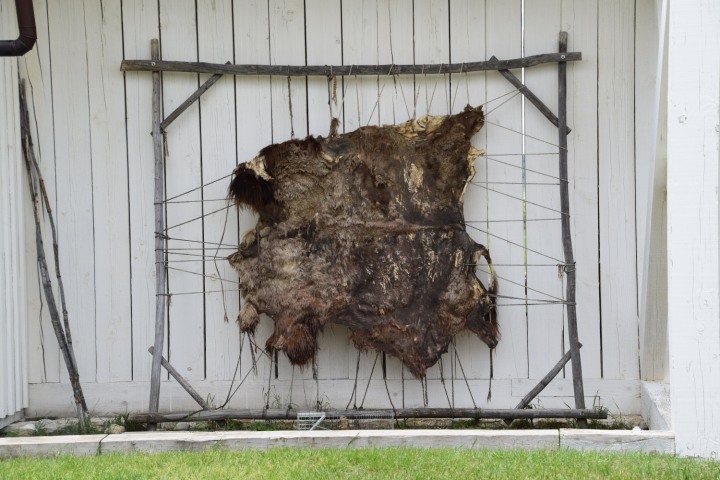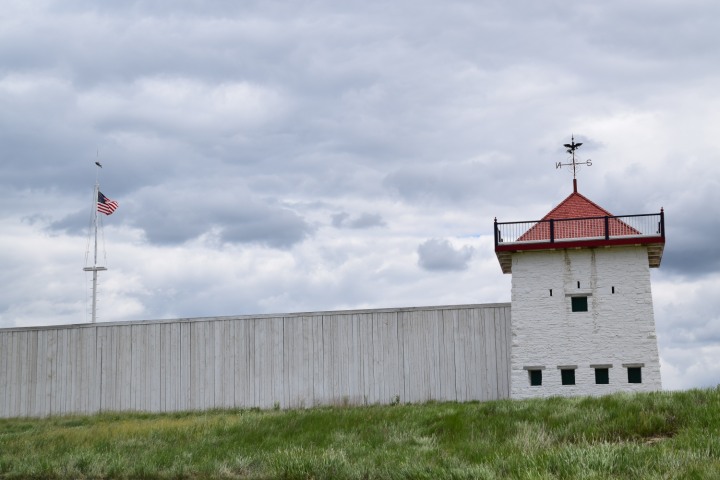Fort Union ND
Photos by Mike Sinnwell June 2016
Fort Union Trading Post – The Grandest Fort on the Upper Missouri River
Between 1828 and 1867, Fort Union was the most important fur trade post on the Upper Missouri River. Here, seven Upper Missouri tribes—Assiniboine, Plains Cree, Blackfeet, Plains Chippewa, Mandan, Hidatsa and Arikiara—annually traded buffalo hides, beaver pelts, and other furs for hundreds of goods imported from eight countries. In exchange for furs that ranged from grizzly bear and bison to mice, tribal trading partners received manufactured materials such as calico cloth, guns and ammunition, clothing, pipes, beads, and cooking ware. On average, the post received more than 25,000 buffalo robes and sold more than $100,000 in merchandise each year. The post also provided federal Indian agents with a base of operations and storage warehouse before the national government established a permanent presence in the Trans-Mississippi West after the Civil War.
John Jacob Astor (1763-1848), founder of the American Fur Company. Astor’s company built Fort Union near the Missouri and Yellowstone Rivers’ confluence in 1828. Although called a fort, the post was neither a government nor a military installation, but a privately owned commercial establishment founded to engage in business with the Northern Plains Tribes. Built at the request of the Assiniboine nation, Fort Union Trading Post, then called Fort Union, quickly emerged as the Upper Missouri’s most profitable fur trade post. This trade business continued until 1867, giving rise to a uniquely diverse, peaceful, and productive social and cultural environment that helped make Fort Union western America’s longest-lasting fur trade post.
From 1828 to 1867, The Indian and fur trades weren’t the only post activities that contributed to Fort Union’s longevity and legacy. The American Fur Company and its successors routinely hosted well-known visitors during the fur trade period. George Catlin, Prince Maximilian of Wied, Karl Bodmer, and John James Audubon were but a few of the many artists and scientists who came to the Upper Missouri fort to learn about and document the region’s native peoples, wildlife, and landscape. Their observations, recorded in sketches, paintings, and journals later shared with people in the East and overseas, made the region the most well documented in the American West prior to photography’s widespread adoption.
By the 1860s, the Upper Missouri area these artists and scientists had visited was experiencing dynamic political and social change. Settlers moved west from the States, a migration that accelerated not long after the Dakota Territory was established in 1861. To protect at first the Missouri River, the major transportation corridor into the Northern Plains, and then the growing Euro-American settlements in the formerly tribal-controlled Upper Missouri region, the U.S. Army in 1866 built Fort Buford three miles east of the trade post.
The next year, in 1867, the Army purchased Fort Union from its last private owner, the Northwest Fur Company. Soldiers dismantled the palisades and bastions and transported the salvaged timber and stone to the new Army post, where both were used for building materials. The crews of passing riverboats also scavenged what wood they could for firewood to feed steam engines powering the Missouri River’s swelling steamboat traffic. Within a few years, little visible trace remained of the Upper Missouri’s once-dominate commercial hub.
A century later, following decades of periodic attempts to preserve Fort Union’s legacy, local citizens and historians launched a sustained campaign to preserve the historic fort site and rebuild the post. At their urging, the National Park Service acquired the site in 1966. Two years later, archaeological excavations commenced and continued into the early 1970s. Today’s Fort Union is a reconstruction based in part on the archaeological evidence recovered during those and later excavations completed between 1986 and 1988. Rebuilt to its appearance in 1851, at the height of the Indian and fur trades, the fort offers a place that helps illuminate the Indian and fur trades’—and the post’s—role in shaping the land and culture of the Upper Missouri region and the Northern Great Plains.
